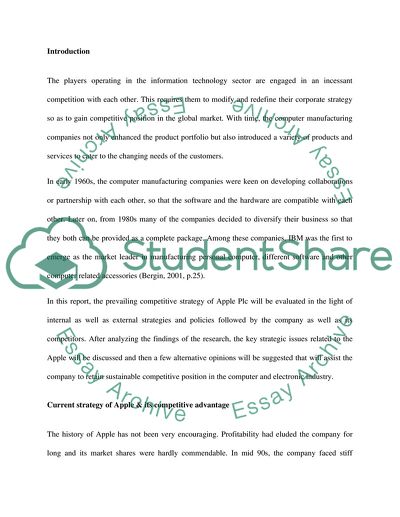Cite this document
(“Current Strategy of Apple & its Competitive Advantage Case Study”, n.d.)
Current Strategy of Apple & its Competitive Advantage Case Study. Retrieved from https://studentshare.org/marketing/1569689-case-study-report-on-apple
Current Strategy of Apple & its Competitive Advantage Case Study. Retrieved from https://studentshare.org/marketing/1569689-case-study-report-on-apple
(Current Strategy of Apple & Its Competitive Advantage Case Study)
Current Strategy of Apple & Its Competitive Advantage Case Study. https://studentshare.org/marketing/1569689-case-study-report-on-apple.
Current Strategy of Apple & Its Competitive Advantage Case Study. https://studentshare.org/marketing/1569689-case-study-report-on-apple.
“Current Strategy of Apple & Its Competitive Advantage Case Study”, n.d. https://studentshare.org/marketing/1569689-case-study-report-on-apple.


